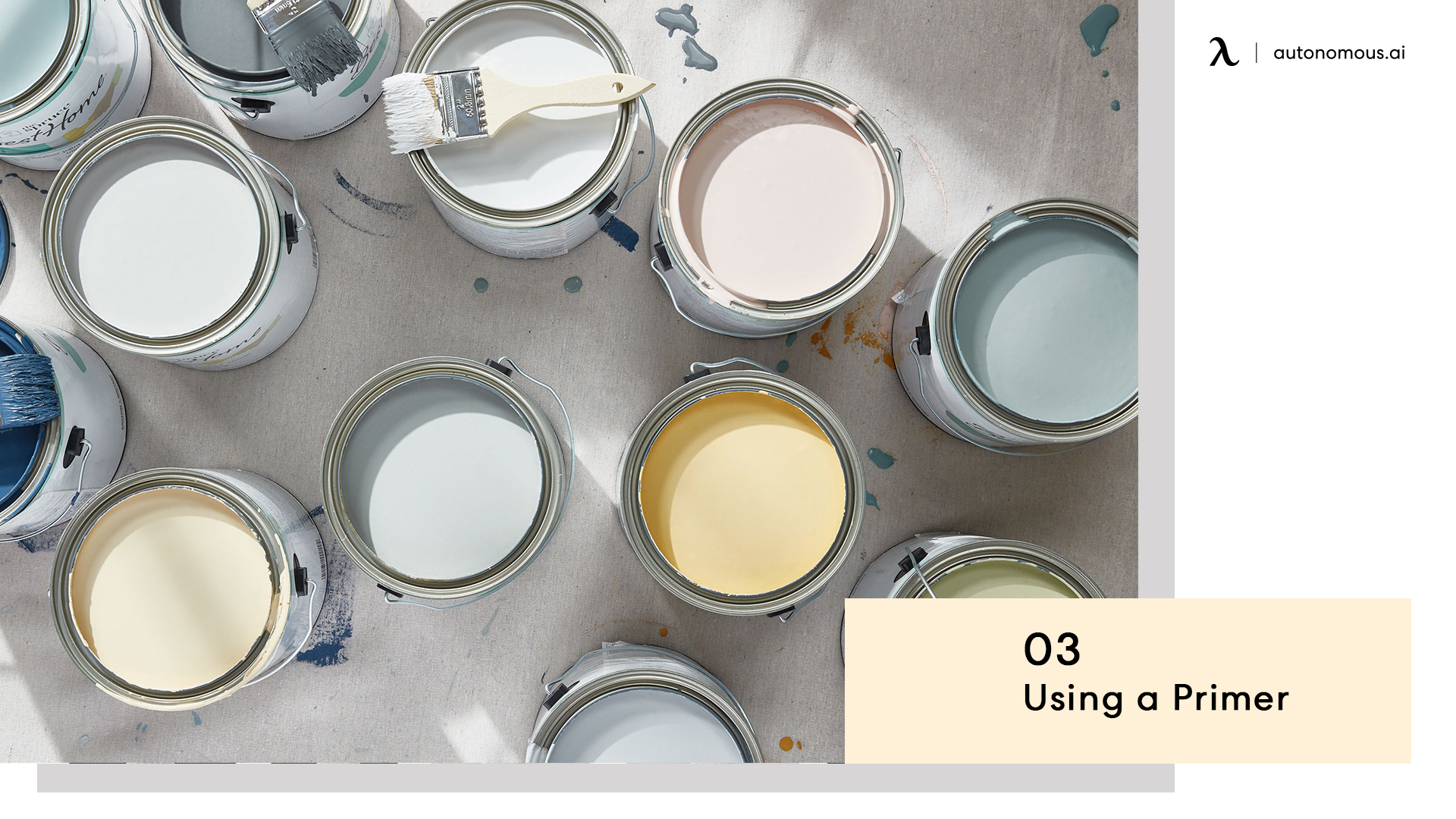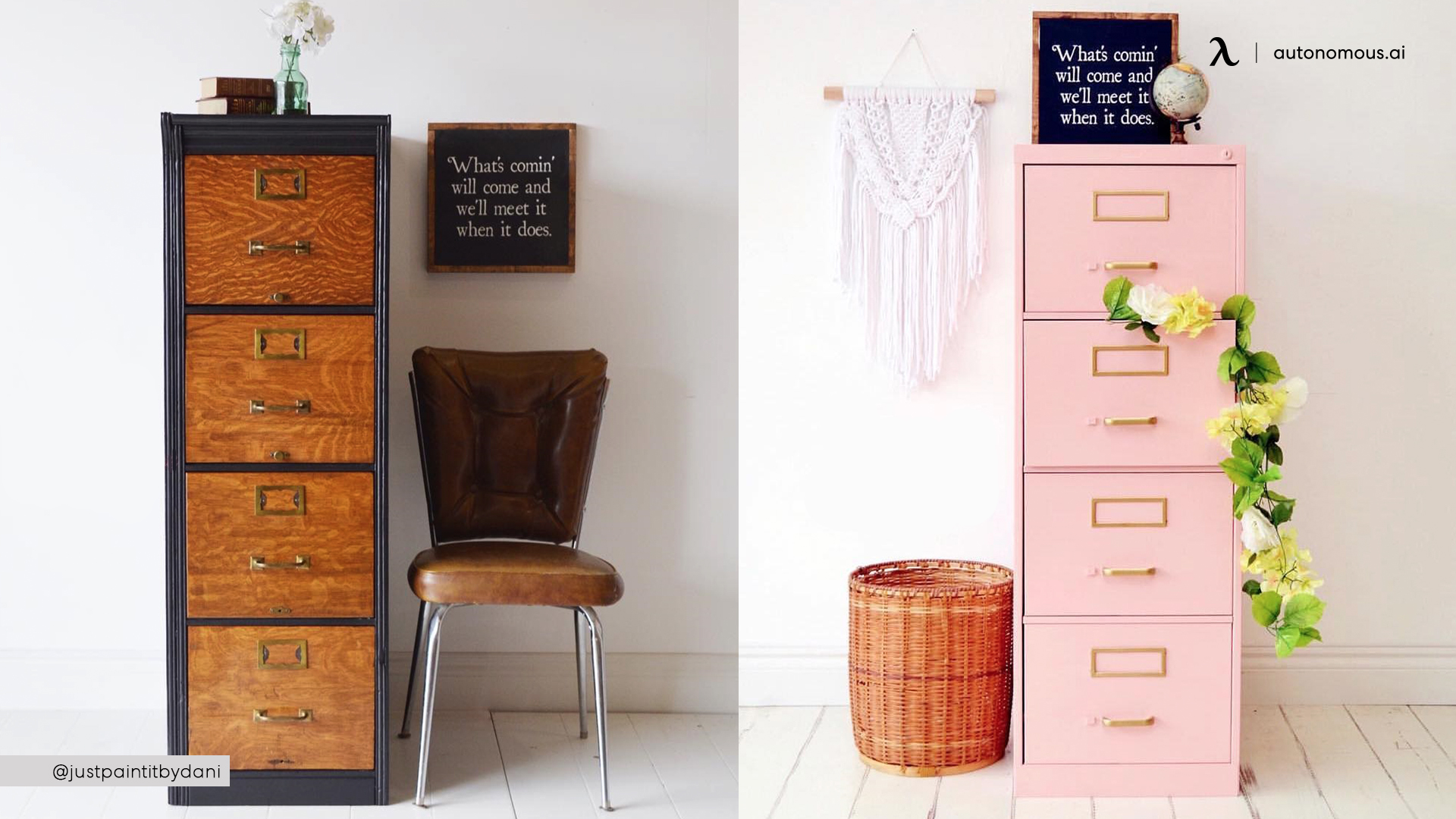Methods for Removing Paint from a Metal Filing Cabinet: How To Remove Paint From Metal Filing Cabinet

Embarking on this project of paint removal is akin to a spiritual journey of renewal. Just as we shed old layers of ourselves to reveal our true essence, so too will we strip away the old paint to reveal the pristine metal beneath. This process requires patience, diligence, and the right tools – much like our spiritual growth requires perseverance, mindful practice, and the right guidance.
Chemical Paint Strippers
Chemical paint strippers offer a powerful approach to paint removal. These solutions, often containing methylene chloride or other solvents, break down the paint’s chemical bonds, allowing for easier removal. However, this potent power demands respect and careful handling. Always work in a well-ventilated area, wearing appropriate safety gear, including gloves, eye protection, and a respirator to avoid inhaling harmful fumes. Remember, safety is paramount; it is our spiritual shield protecting us from harm. Follow the manufacturer’s instructions meticulously, applying the stripper with a brush or roller, allowing it to dwell according to the instructions, and then scraping away the softened paint with a putty knife or scraper. Proper disposal of the chemical waste is crucial; check local regulations for safe disposal methods. Treating the environment with respect is a reflection of our inner peace.
Mechanical Methods: Sanding and Scraping
For a more hands-on, less chemically intensive approach, mechanical methods like sanding and scraping offer a viable path. This path requires more physical effort, but it’s a journey of mindful engagement with the task at hand. Begin with coarser sandpaper (e.g., 80-grit) to remove the bulk of the paint, gradually transitioning to finer grits (e.g., 120-grit, then 220-grit) for a smoother finish. A scraper, ideally a metal one with a comfortable grip, will assist in removing larger chunks of paint. Remember to wear safety glasses to protect your eyes from flying debris. This methodical process is a meditation in itself, each stroke a step towards unveiling the cabinet’s true beauty, much like our actions shape our character.
Comparison of Chemical and Mechanical Methods
The choice between chemical and mechanical methods depends on several factors, much like choosing the right path in our spiritual journey. Consider the pros and cons carefully before making your decision.
| Method | Effectiveness | Cost | Time |
|---|---|---|---|
| Chemical Strippers | Very Effective, especially for multiple layers | Moderate to High (depending on stripper type and quantity) | Relatively Quick (but includes dwell time) |
| Sanding and Scraping | Effective, especially for single layers | Low (sandpaper and scraper are inexpensive) | Time-consuming, requires physical effort |
Heat Gun Application
A heat gun can be a valuable ally in this process, gently coaxing the paint to release its hold on the metal. However, this method requires extreme caution. The heat gun’s intense heat can quickly escalate into a fire hazard if not handled with the utmost respect and awareness. Always maintain a safe distance from flammable materials, and never leave the heat gun unattended. Apply the heat in short bursts, moving the gun continuously to avoid overheating any one area. As the paint softens, carefully scrape it away with a putty knife or scraper. This controlled application of heat is a metaphor for the controlled application of our own energy and focus, channeling our power wisely and responsibly. Remember, mindfulness is key to avoid accidents.
Preparing the Metal Filing Cabinet for Repainting

The task of preparing your metal filing cabinet for repainting is a crucial step, akin to laying a strong foundation for a magnificent building. Just as a solid foundation ensures structural integrity, proper preparation ensures a durable and aesthetically pleasing finish on your cabinet. This process involves more than just slapping on some new paint; it’s about creating a canvas worthy of your artistic vision, a surface that will radiate renewed strength and beauty.
How to remove paint from metal filing cabinet – After the arduous task of paint removal, the metal surface may appear rough and uneven, perhaps even harboring lingering residue. Think of this as clearing away the old, making space for the new. This cleansing process is vital, preparing the surface to receive the primer and paint with maximum adhesion, preventing future chipping and peeling. This is not merely a cosmetic step; it’s an act of spiritual preparation, clearing away the old to embrace the new.
Cleaning the Metal Surface
Thoroughly clean the metal surface using a wire brush to remove any remaining paint particles, rust, or debris. Imagine this as a spiritual cleansing, removing the impurities and revealing the pure metal beneath. Follow this with a degreasing agent, such as mineral spirits or a TSP (trisodium phosphate) solution, to eliminate grease, oil, or dirt. Rinse thoroughly with clean water and allow the surface to dry completely. This meticulous process ensures a clean, receptive surface for the primer, allowing for a strong bond and a lasting finish. The result is a renewed surface, ready to receive the blessings of a fresh coat of paint.
Applying Metal Primer, How to remove paint from metal filing cabinet
Applying a metal primer is not optional; it’s a critical step, like laying a protective shield. It provides superior adhesion for the topcoat, preventing peeling and chipping. It also acts as a barrier against rust and corrosion, extending the life of your repainted cabinet. Different types of primers exist, each with its strengths. Oil-based primers offer excellent adhesion and rust prevention but require longer drying times. Water-based primers offer quicker drying times and are easier to clean up, making them a convenient choice. Choose a primer specifically designed for metal surfaces. This act of applying primer is an act of preparation, a spiritual investment in the longevity and beauty of your project.
Applying a New Coat of Paint
Once the primer is dry, apply your chosen paint. For a smooth, even finish, use thin, even coats. Avoid applying too much paint at once, which can lead to drips and runs. Allow each coat to dry completely before applying the next. Consider using a high-quality paint specifically formulated for metal surfaces for optimal durability and longevity. This application of paint is not just a physical act; it is a creative expression, an act of transforming the old into the new.
Preventing Future Paint Chipping and Peeling
Before you begin the repainting process, consider these vital steps to ensure the longevity of your work:
- Proper Surface Preparation: Thorough cleaning and removal of all loose paint and rust are paramount. This prevents the new paint from having anything to lift or peel from.
- Prime for Protection: Using a metal primer designed for rust prevention creates a barrier against future corrosion, a crucial step for lasting beauty.
- Thin Coats for Smoothness: Applying thin, even coats of paint allows for proper drying and prevents runs or drips. This leads to a professional-looking finish.
- Allow for Adequate Drying Time: Patience is key. Ensure each coat is fully dry before applying the next. Rushing the process can compromise the final result.
- Choose Quality Paint: Investing in high-quality, metal-specific paint is an investment in the longevity of your project. It will stand up to the test of time.
Addressing Specific Paint Removal Challenges

The journey of restoring a metal filing cabinet often reveals unexpected obstacles. Patience and perseverance, qualities mirroring our spiritual growth, are essential in overcoming these challenges. Just as we refine our character through trials, so too will we refine our cabinet through diligent effort. Let us explore some of the common hurdles and the methods to overcome them.
Removing stubborn paint, particularly baked-on enamel or multiple layers, requires a strategic approach. Think of each layer of paint as a layer of old habit or limiting belief – each one requires careful consideration and appropriate tools to remove without damaging the underlying metal. The process is a metaphor for our own self-improvement; we must carefully peel away the layers that no longer serve us to reveal the shining potential beneath.
Removing Stubborn Paint
Baked-on enamel paint and multiple layers of paint present significant challenges. Heat guns, carefully applied, can soften the paint, making it easier to scrape away. Remember, this is a delicate process; too much heat can damage the metal. Chemical paint strippers, applied according to the manufacturer’s instructions, are another effective option. Always work in a well-ventilated area, protecting yourself with appropriate safety gear, much like we protect our spiritual well-being by surrounding ourselves with positive influences. Mechanical methods, such as using a wire brush or sanding, can also be effective, particularly for smaller areas or as a finishing touch after initial softening with heat or chemicals. The choice of method depends on the thickness and type of paint, and the condition of the cabinet itself. For example, if the cabinet is particularly thin or delicate, using a heat gun might risk warping the metal.
Removing Paint from Hard-to-Reach Areas
Corners and crevices often trap paint, requiring specialized tools and techniques. Small wire brushes, paint scrapers with pointed tips, and even dental picks can be used to carefully remove paint from these difficult areas. Remember to work slowly and deliberately, ensuring that you don’t damage the metal surface. This mirrors our careful approach to addressing difficult aspects of ourselves; we must be gentle but persistent in our efforts.
Potential Problems and Solutions
Several problems can arise during paint removal. Damage to the underlying metal is a common concern. Using excessive force or improper tools can easily scratch or gouge the metal. To mitigate this risk, always use the gentlest method possible, starting with the least abrasive tools. If damage does occur, it can often be repaired with metal filler and repainted. Another potential problem is the release of harmful fumes from chemical paint strippers. Always work in a well-ventilated area, wearing appropriate safety gear, including gloves, eye protection, and a respirator. This is essential for both your physical and spiritual well-being; respecting your body is a crucial aspect of self-care.
